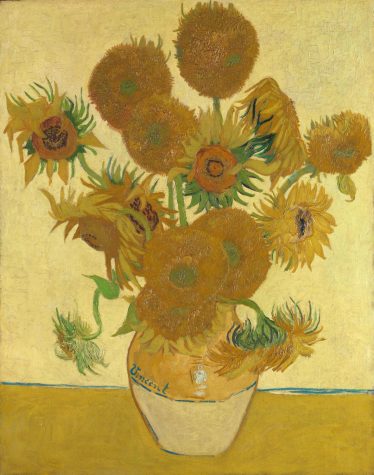Climate Change Art Vandalism
How far would you go to protest something you care about? On October 14th, in London’s National Gallery, two women part of the activist group Just Stop Oil threw tomato soup onto Vincent Van Gough’s famous painting, Sunflowers. The women used this act of protest to challenge the use of fossil fuels. This act sparked controversy around the globe as more acts of vandalism soon followed.

Since then, other programs such as Letzte Generation and Extinction Rebellion have also made such protests. Two Letzte Generation protesters targeted a 110 million dollar Claude Monet painting at the Museum Barberini in Potsdam by throwing mashed potatoes across the artwork, then gluing their hands to the wall. Another group of protesters, under Extinction Rebellion, glued their hands to the frames of two paintings in the Prado Museum. They then proceeded to paint “+1.5ºC” on the wall to reference the Paris Agreement, which aimed to hold the global average temperature at 1.5 degrees Celsius above pre-industrial levels. Since then, these activists have been detained by police.
Millions took to the internet to express their anger or skepticism towards the protesters. Current Junior at La Jolla High School, McCoy McInerney, shares his opinion, “Climate activism is a very important topic, especially nowadays. I feel like destroying pieces of artwork is anti-productive to the movement because it gives it a bad name.” However, many argue that creating this controversy was exactly the point of the protest, as German activists put it: “We are in a climate catastrophe, and all you are afraid of is tomato soup or mashed potatoes on a painting.” While these actions have been viewed negatively, many are wondering if these drastic measures are justified to bring attention to climate change.

Maggie Hou, a freshman of La Jolla High School and is a new member of The Hi-Tide staff who is excited to be able to research and write stories about current...





